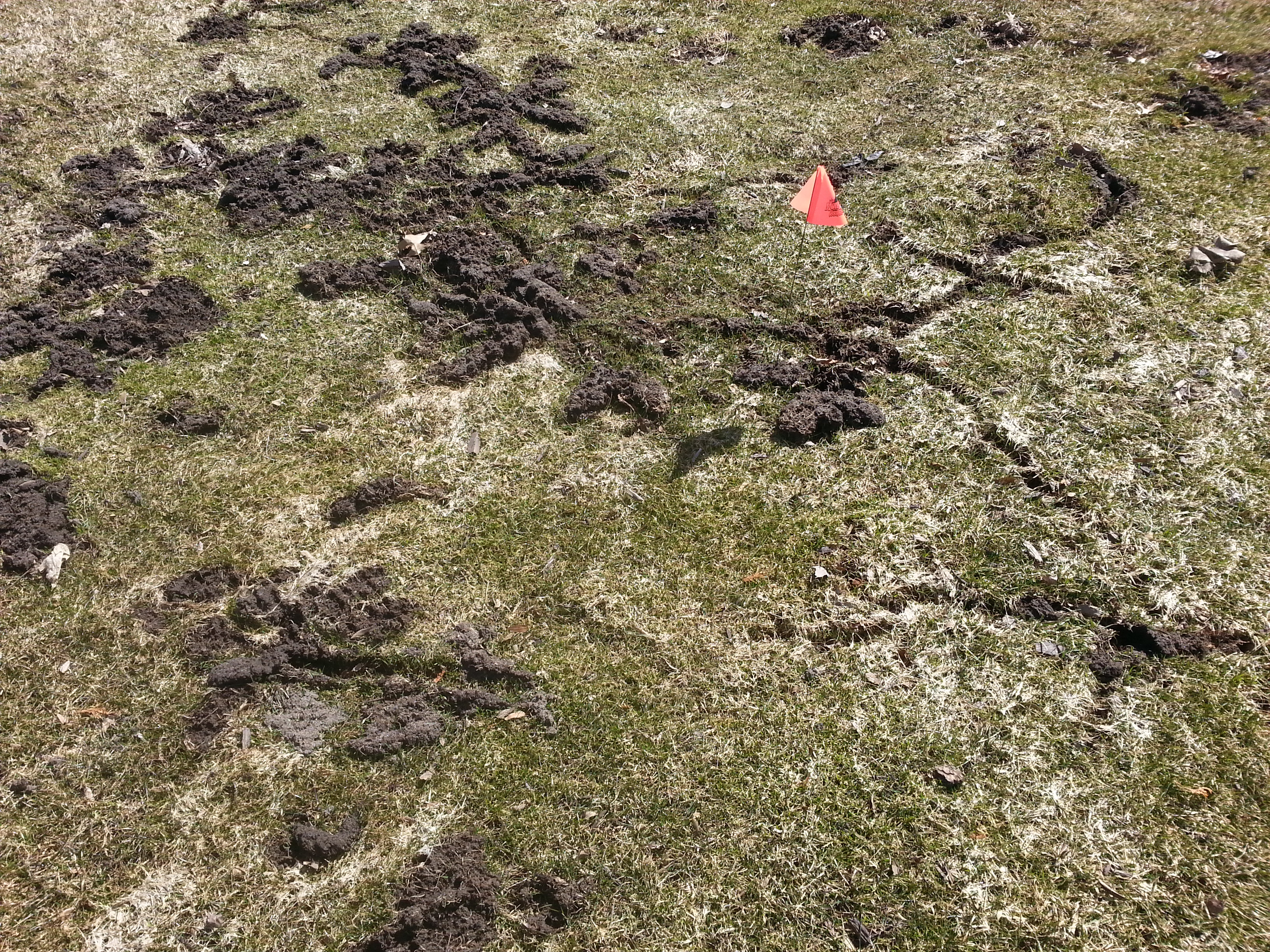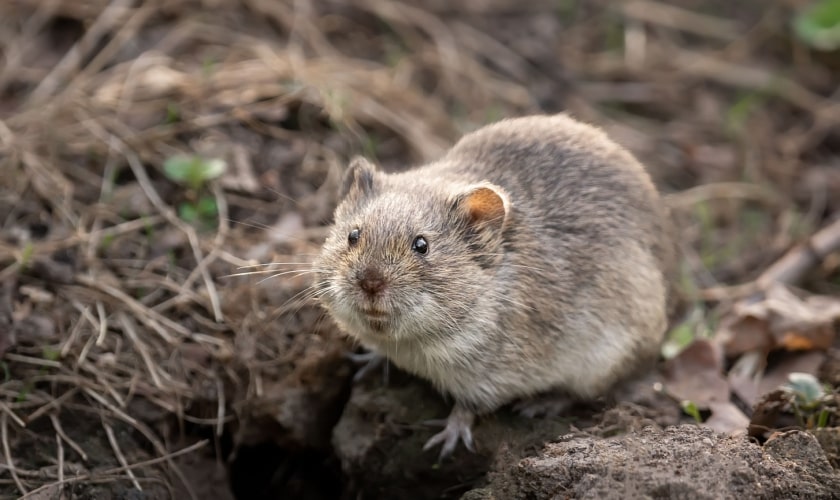Vole Yard Damage Solutions: Effective Control Techniques
Vole Yard Damage Solutions: Effective Control Techniques
Blog Article
Comprehensive Guide to Effective Vole Bug Control: Infestation Identification and Therapy Methods
In the realm of reliable parasite control, vole infestations pose an unique challenge that demands a calculated method. These small rats, usually mistaken for mice, can ruin yards, yards, and crops if left uncontrolled. Identifying the indicators of vole visibility and implementing targeted treatment methods are crucial elements of a successful pest monitoring plan. By discovering the nuances of vole behavior, recognizing essential indicators of invasion, and reviewing a series of control choices, one can establish an extensive strategy to fight these evasive parasites.
Recognizing Vole Behavior
Vole behavior is characterized by their burrowing practices and fast recreation prices, making them a challenging insect to regulate properly. These tiny rodents usually create complex passage systems underground, utilizing them for shelter, food storage, and transport. Voles are herbivores, eating a variety of plants, light bulbs, roots, and grasses, which can cause substantial damage to yards, orchards, and lawns. Their fast reproductive price more complicates control initiatives, with ladies with the ability of producing multiple clutters in a solitary year, each including several spawn.
Understanding vole actions is critical for reliable insect control techniques. By determining their burrow places, keeping an eye on feeding areas, and executing targeted control techniques, such as capturing or habitat alteration, vole infestations can be taken care of successfully.
Signs of Vole Infestation

Prevention Methods
Executing efficient avoidance techniques is important in decreasing vole infestations and safeguarding vegetation from their harmful feeding behaviors. To avoid vole problems, it is important to start by eliminating potential food resources and sanctuary.
Regularly inspecting the residential property for signs of vole task, such as runways and tunnel openings, is essential for early detection and timely action. Consider using catches or repellents purposefully placed near their paths if vole activity is suspected. Employing natural predators like owls or snakes can additionally assist keep vole populations in check. By carrying out a combination of these avoidance property owners, methods and garden enthusiasts can efficiently safeguard their plants from vole damages.
Non-Lethal Control Methods
To properly manage vole populations while prioritizing humane approaches, non-lethal control approaches offer sensible solutions for reducing vole damage in landscapes and yards. These barriers can be buried at the very least 12 inches curved and deep at a 90-degree angle to prevent voles from tunneling underneath.

Lethal Control Options
One reliable method for dealing with vole problems in landscapes review and gardens involves the calculated use of lethal control options. When confronted with a severe vole infestation that non-lethal approaches have stopped working to include, executing deadly control actions comes to be important. One typically employed dangerous control option is the visit this site usage of snap catches. These catches are developed to rapidly and humanely eliminate voles upon activation, making them a popular option for numerous garden enthusiasts and landscaping companies. To enhance the efficiency of breeze traps, it is advised to position them in areas where vole task is high, such as along runways or near burrow entrances. Another dangerous control choice is the application of hazardous lures specifically developed to target voles. These lures contain toxin that is consumed by the voles, leading to their eventual death. However, care should be worked out when utilizing harmful baits to protect against harm to non-target pets or family pets. On the whole, when using dangerous control choices, it is vital to do so sensibly and in accordance with neighborhood laws to successfully take care of vole problems.
Conclusion
In conclusion, reliable vole bug control needs an extensive understanding of vole behavior, recognition of signs of infestation, implementation of avoidance techniques, and utilization of both dangerous and non-lethal control approaches. By combining these strategies, individuals can successfully handle vole populaces and secure their home from damages. It is vital to resolve vole invasions promptly to avoid further problems and minimize the influence on the surrounding environment.
Given the intricate passage systems and quick reproduction prices particular of voles, identifying the Continued indicators of vole invasion becomes important in effective insect control. One of the primary indicators of vole presence is the existence of surface area runways or routes in lawn or snow, typically about 1-2 inches wide, created as voles take a trip between their burrows and food sources.To effectively take care of vole populations while focusing on gentle techniques, non-lethal control methods use sensible remedies for reducing vole damages in yards and landscapes.One efficient technique for resolving vole infestations in yards and landscapes includes the strategic use of deadly control options. vole control.In verdict, efficient vole bug control needs a thorough understanding of vole habits, identification of indications of problem, execution of prevention approaches, and use of both non-lethal and dangerous control approaches
Report this page